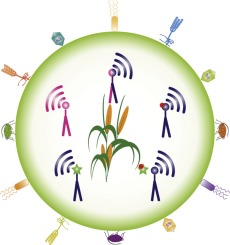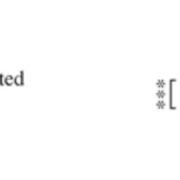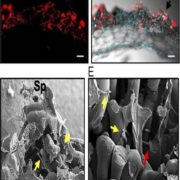Review: Transfer and engineering of immune receptors to improve recognition capacities in crops
 Cell-surface localized immune receptors are one of the ways that plants detect pathogens. Traditionally, these receptors have been introgressed from resistant to susceptible varieties through classical breeding. More recently, it has become possible to use genetic engineering methods to move immune receptor genes between more distantly-related plants, where they are able to confer resistance. Rodriguez-Moreno et al. review these trans-family gene transfers and also efforts to expand the recognition spectrum more broadly through directed evolution and gene editing. They also describe efforts to identify novel variants of intracellular nucleotide-binding domain leucine-rich repeat receptors (NLRs). However, they observe that “strategies based on the transfer of individual immune receptor genes can be rapidly overcome under field conditions, and pyramiding of immune receptors that recognize different ligands is imperative.” Curr. Opin. Plant Biol. 10.1016/j.pbi.2017.04.010
Cell-surface localized immune receptors are one of the ways that plants detect pathogens. Traditionally, these receptors have been introgressed from resistant to susceptible varieties through classical breeding. More recently, it has become possible to use genetic engineering methods to move immune receptor genes between more distantly-related plants, where they are able to confer resistance. Rodriguez-Moreno et al. review these trans-family gene transfers and also efforts to expand the recognition spectrum more broadly through directed evolution and gene editing. They also describe efforts to identify novel variants of intracellular nucleotide-binding domain leucine-rich repeat receptors (NLRs). However, they observe that “strategies based on the transfer of individual immune receptor genes can be rapidly overcome under field conditions, and pyramiding of immune receptors that recognize different ligands is imperative.” Curr. Opin. Plant Biol. 10.1016/j.pbi.2017.04.010










Leave a Reply
Want to join the discussion?Feel free to contribute!